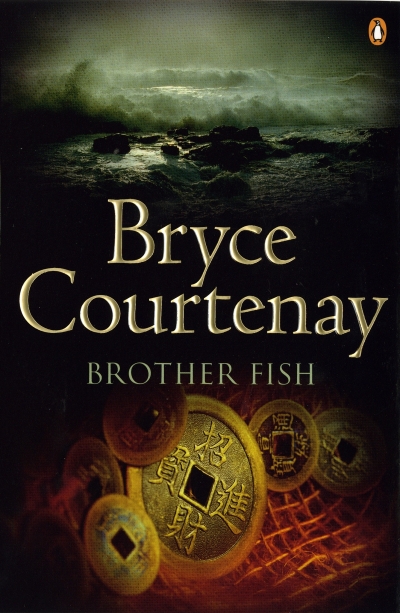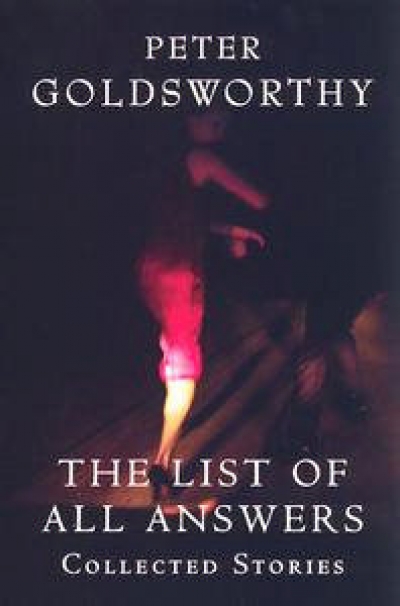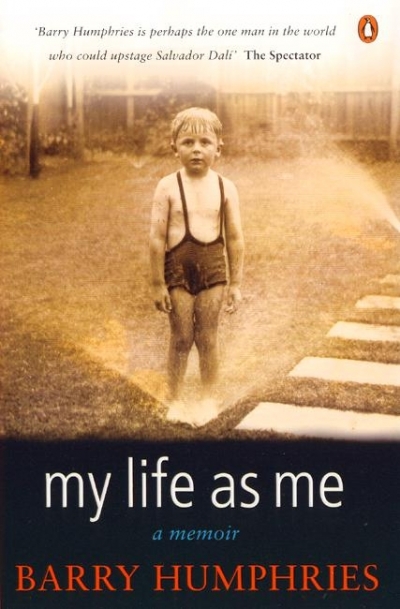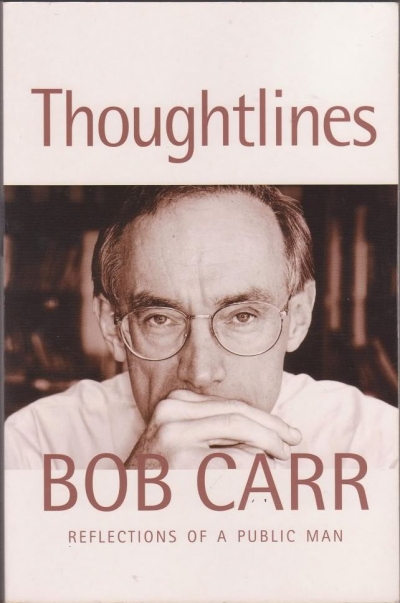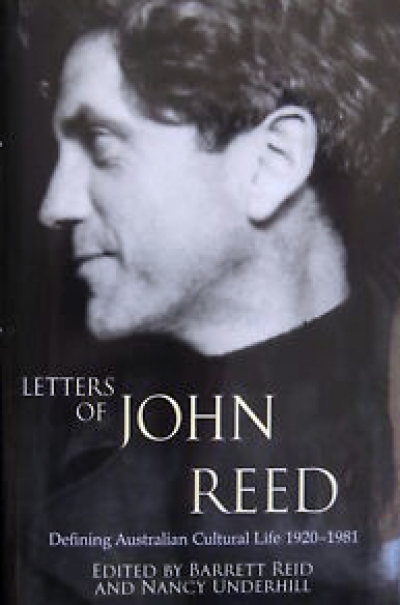The public legacy of the art patrons John and Sunday Reed endures in various ways. Their influence is a strand in the story of the notorious ‘Ern Malley’ literary hoax. They played a major role in the emergence in the 1940s of an important circle of Melbourne modernist painters, including Sidney Nolan, Albert Tucker, and Arthur Boyd. Against the forces of conservatism and resistance, John Reed, in particular, was a public advocate in Australia for contemporary art from the 1940s until the end of his life. Janine Burke and the curator Deborah Hart have reminded us that the friendship and hospitality of the Reeds at Heide helped give expression to the untamed talent of the young Joy Hester. In 1979, John Reed remembered Hester at twenty: ‘a funny little synthetic blonde hoyden with very naïve ideas about the world.’ But, he added, she ‘was a rare and lovely person, one of our most beautiful artists and a natural poet’. Hester’s story, important in its own right, is inextricably a part of the larger story of John and Sunday Reed.
...
(read more)

